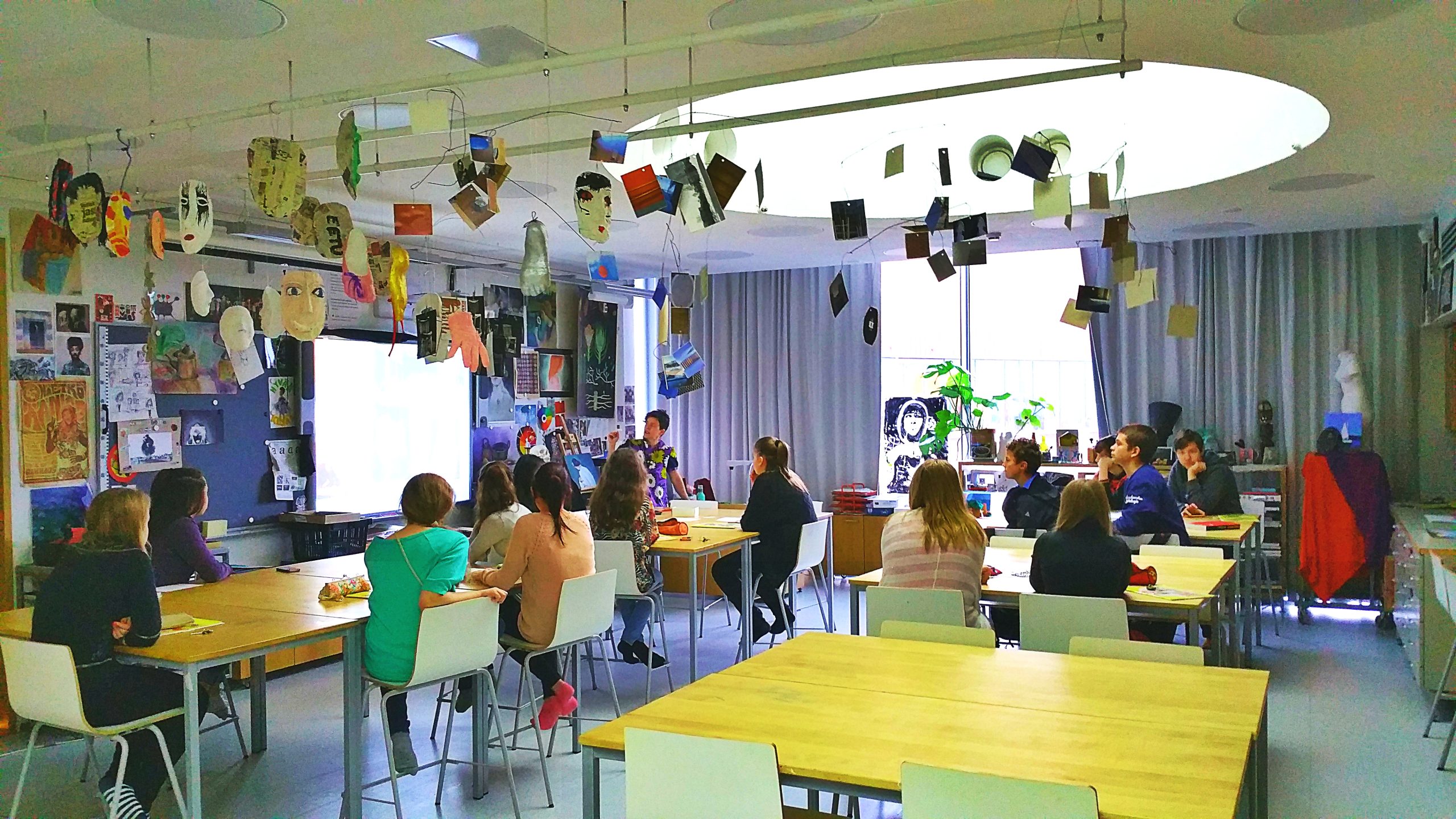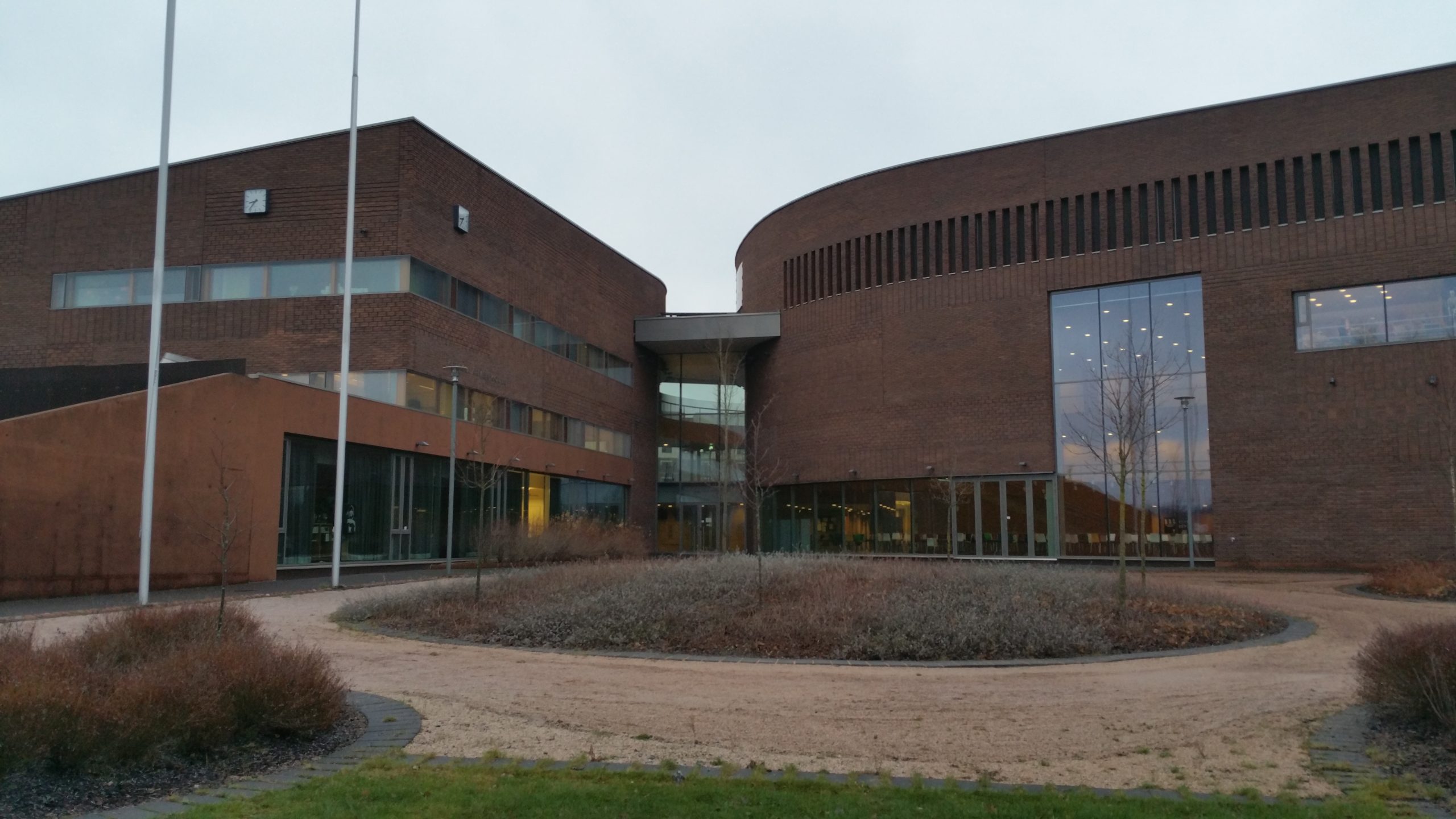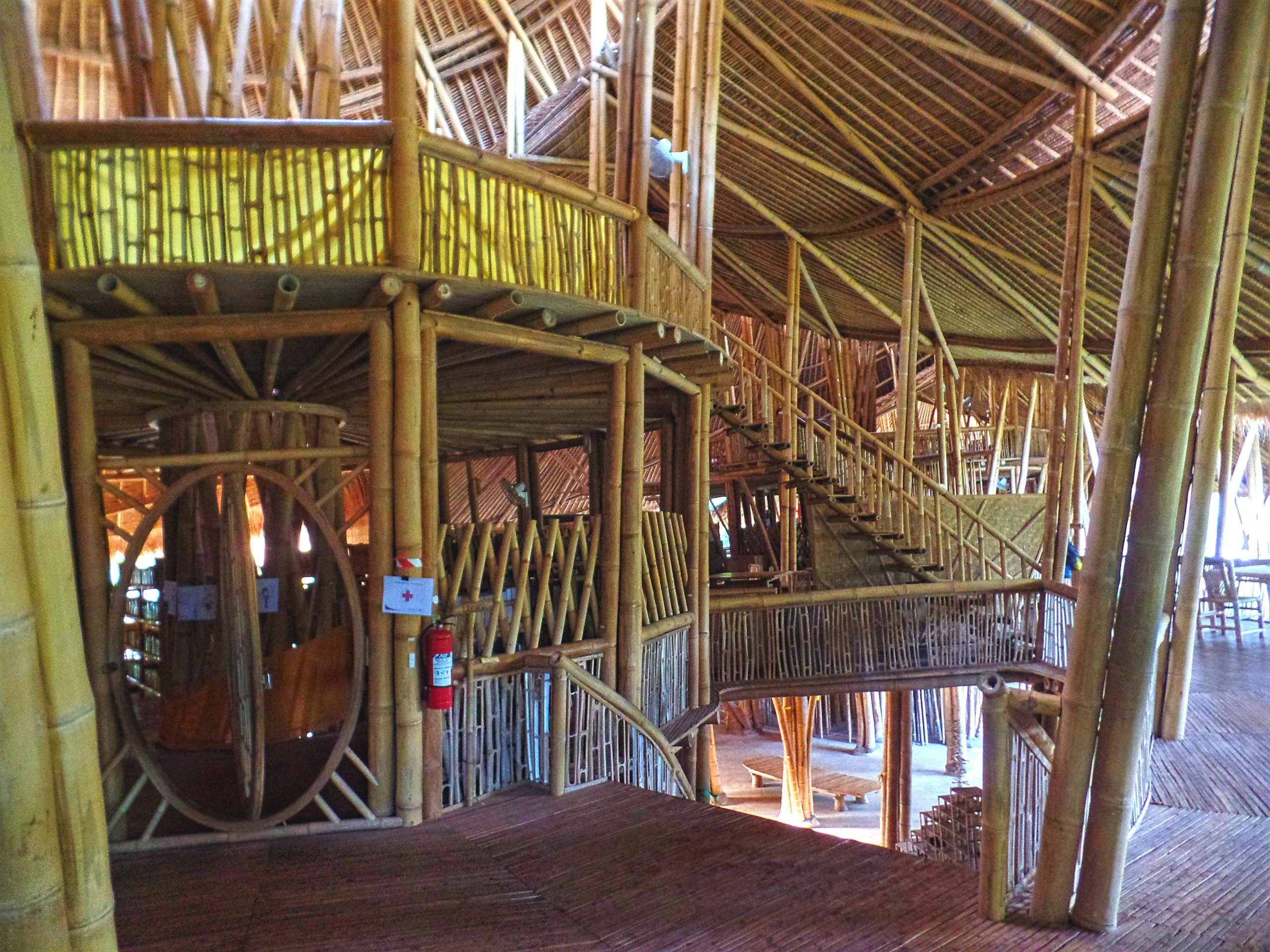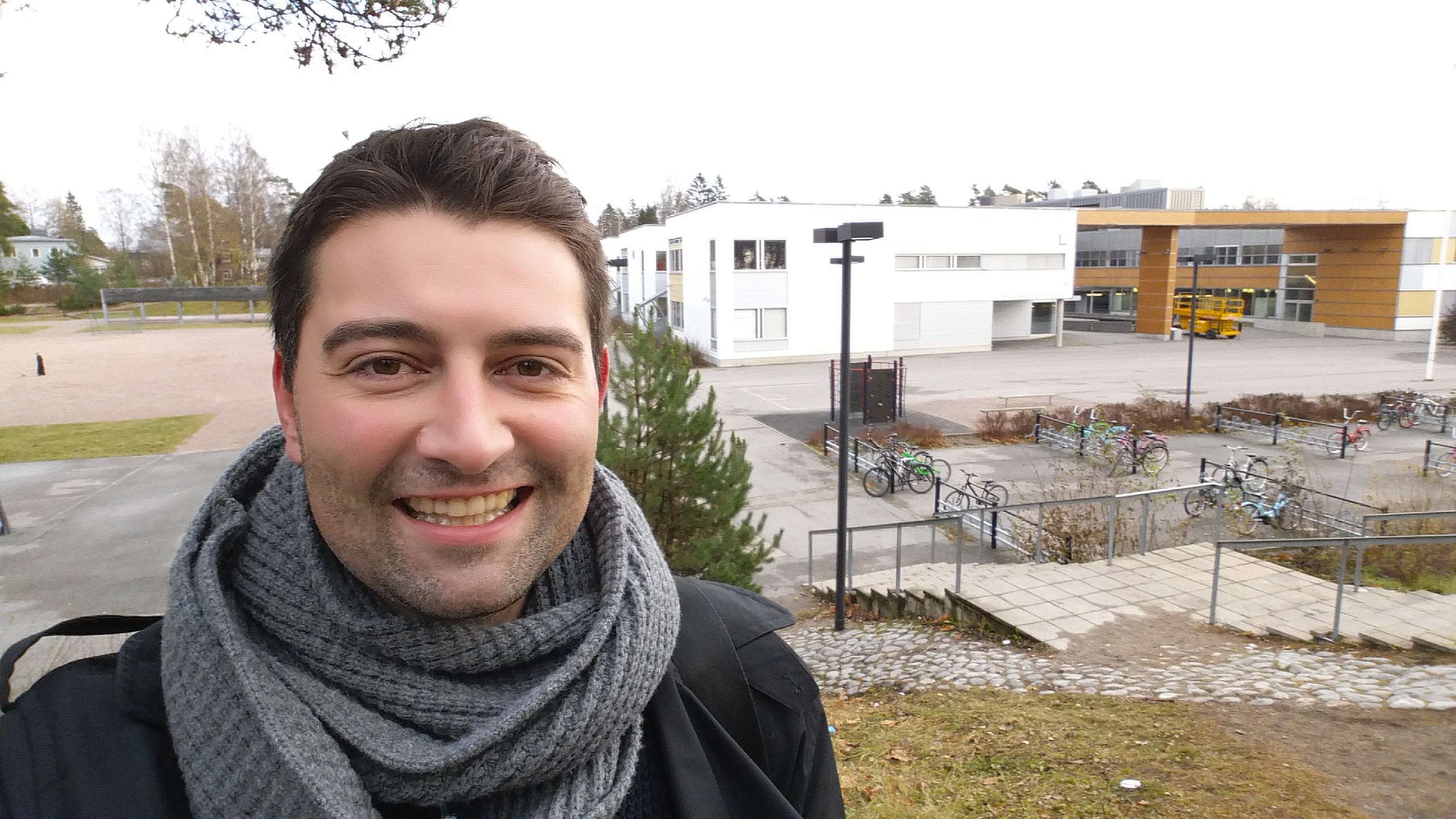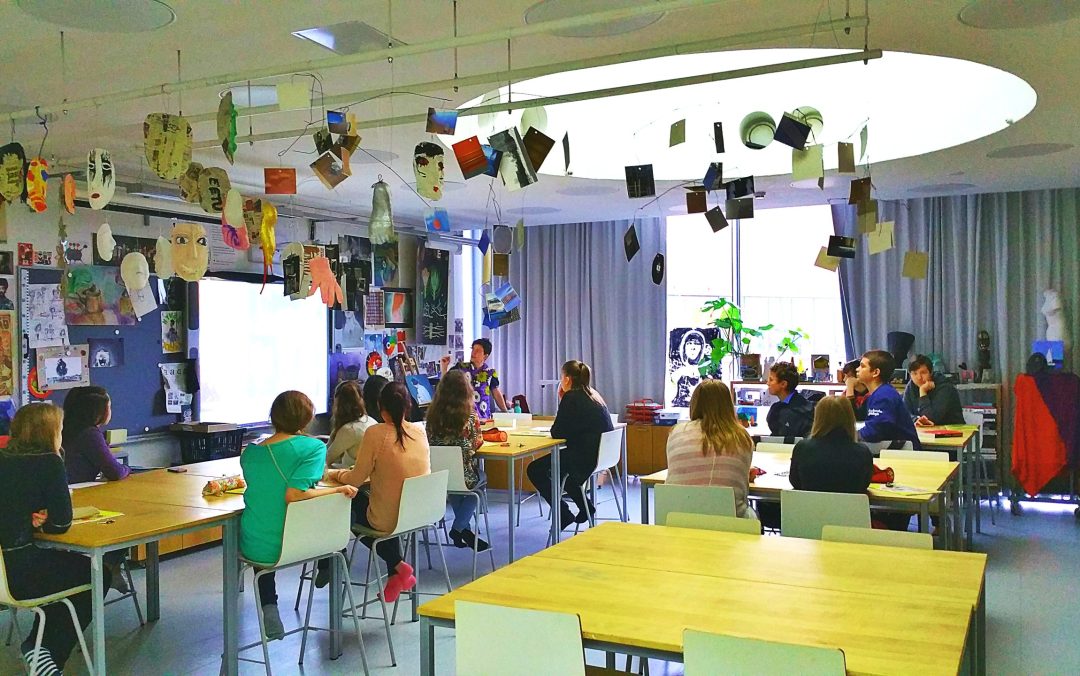
During his time at Studio G, Alex Siekierski was awarded the 2014 John Worthington Ames Award from the Boston Architectural College, which allowed him to travel abroad and research cutting edge 21st century learning environments. He presented his inspiring findings to our team and we are pleased to share some of his travel notes from Finland and Singapore.
Alex describes the design of Finnish schools as,
“a playful mixture of raw materials, site awareness, functional simplicity, and rich with a flavor of dwelling.”
He also noted that the majority of schools he visited throughout Finland included a core space which overlapped larger program zones, creating a lively and vibrant nucleus in each school. Other notable characteristics of the Finnish schools he observed include:
- Classrooms with direct access to the outdoors
- Visual sightlines which provide a sense of security and culture (allowing activities to be seen)
- Building massing that respects site context and blends into the landscape
- Innovative use of raw materials
Singaporean schools shared several of these traits, however they also had their own unique identity, characterized primarily by what Alex calls,
“a vertical open air assembly of programmed spaces.”
Additional observations about the South East Asian schools include:
- Sustainable principals are driven by the climatic conditions
- Heritage, culture and history are important to the design narrative
- Order and symmetry prevail
- Density affects vertical massing
